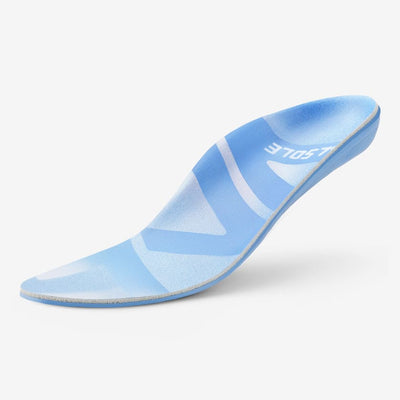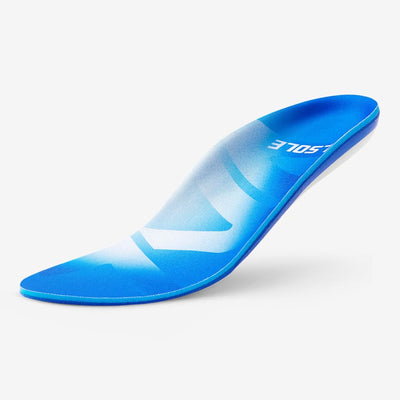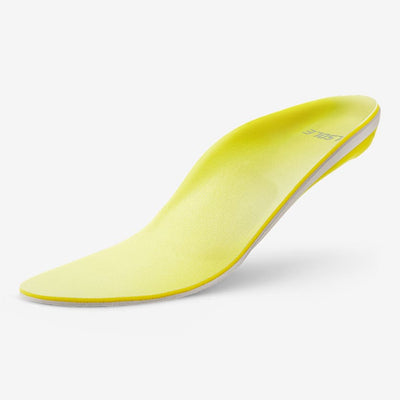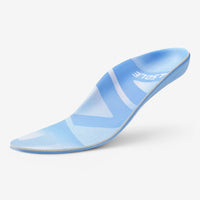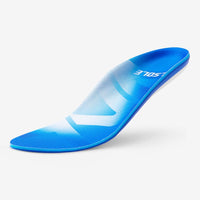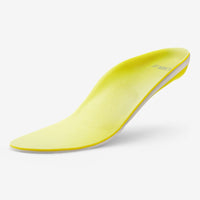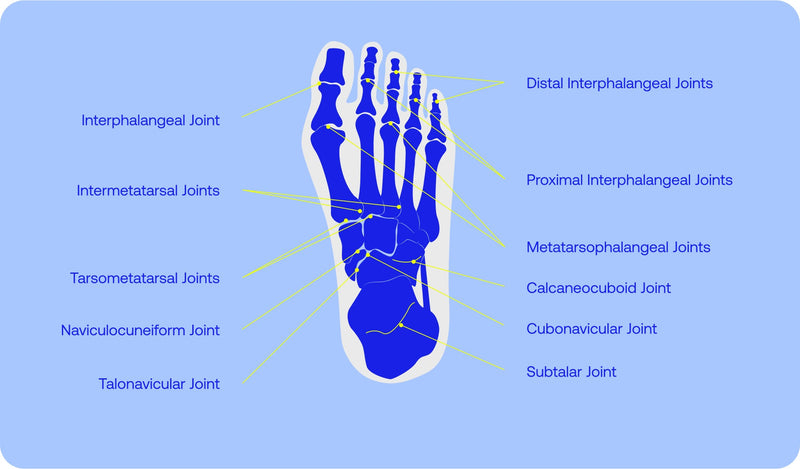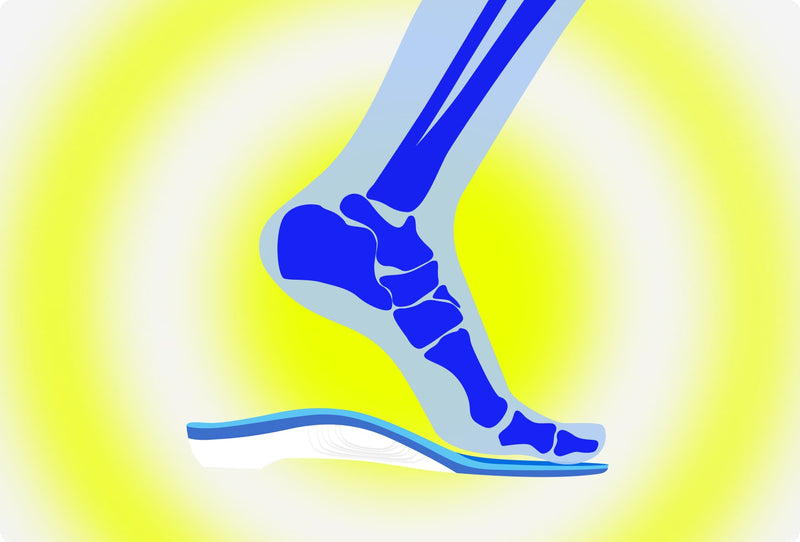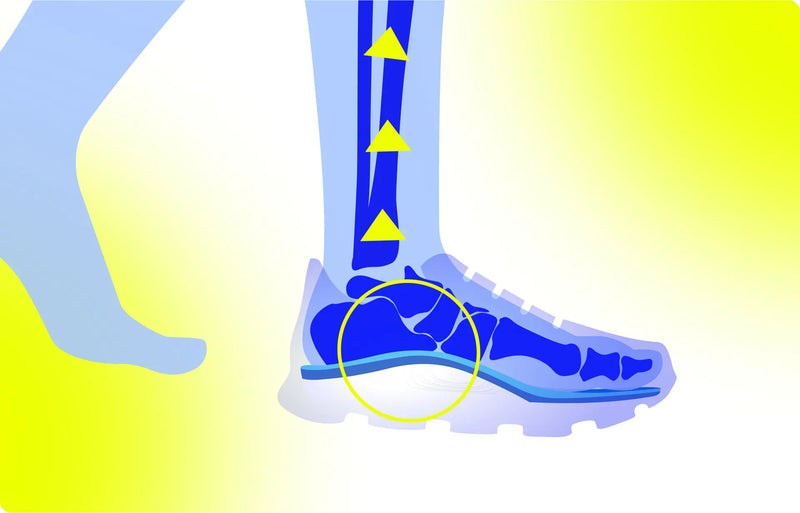Stepping Towards Relief: Preventing Foot Conditions Through Effective Habits

Suffering from foot conditions can disrupt daily activities, limit mobility, and diminish quality of life. Common conditions, such as plantar fasciitis, flat feet, and heel pain, arise from various factors, including biomechanical strain, inadequate footwear, and lifestyle choices. Studies indicate that over 75% of Americans experience foot pain at some point in their lives, often due to preventable causes (Hawker et al., 2019). The good news is that many foot problems can be prevented with proactive strategies that can be integrated into daily habits. This blog provides practical methods that can be easily integrated into daily routines, including on-the-go tips, at-home remedies, best practices while traveling, and occupational tactics that help keep feet healthy and pain-free.
Understanding Common Foot Conditions
Foot conditions often arise from a combination of genetic predisposition, lifestyle choices, and environmental factors. Statistics show that nearly one in three adults over age 50 suffer from chronic foot pain, with plantar fasciitis and Achilles tendinitis being among the most common ailments (Hawker et al., 2019). Plantar fasciitis, for instance, occurs when the thick band of tissue running along the bottom of the foot becomes inflamed, often due to repetitive stress. Heel pain can arise from a range of causes, including heel spurs and Achilles tendinitis, often exacerbated by inadequate footwear (Katz et al., 2018).
Recognizing these conditions and their root causes is essential to effective prevention. In the following article, we will discuss a variety of remedies designed to alleviate this pervasive issue and enhance overall foot health. To learn more in detail about the symptoms, causes and solutions to these problems, take a look at our overview of common foot conditions blog here.
On-the-Go Habits to Prevent Foot Pain
Life moves fast, and it can be easy to overlook foot health amid other matters. Fortunately, a few simple habits that can be easily integrated into a routine can make a big difference in preventing foot pain.
1. Choosing the Right Footwear
Studies reveal that poor footwear choices are a key contributor to foot pain, with over 60% of foot conditions linked to insufficient arch support and cushioning (Kerrigan et al., 2021). Proper footwear should offer both arch support and cushioning, acting as a barrier against excessive strain.
-
Sneakers vs. Sandals: Investing in quality sneakers designed for specific activities can help protect feet during long days of walking or standing. Brands that focus on comfort and support should be prioritized. For those dealing with specific foot conditions, insoles from brands like VALSOLE can provide that extra layer of comfort.
2. Mindful Movement and Posture
Awareness of body mechanics during daily activities can reduce undue stress on the feet.
-
Good Posture Matters: Maintaining proper posture while standing or walking not only benefits foot health but can also improve overall body alignment, as proper body alignment decreases musculoskeletal strain, reducing pain over time. Keeping weight evenly distributed and engaging the core during movement can minimize strain (Katz et al., 2018).
3. Incorporating Breaks and Stretching
Taking breaks to stretch the feet and legs can help stave off fatigue.
-
Quick Stretch Sessions: A few moments spent stretching the calves or toes can do wonders. Simply stretching the calf muscles at least twice daily can reduce pain related to plantar fasciitis by over 50% (Katz et al., 2018).For example, pressing against a wall while stretching the calf muscles helps release tension and can be easily done at the office.
Effective At-Home Remedies for Foot Care
When at home, a proactive approach to foot care can help alleviate discomfort and prevent conditions from worsening.
1. Cold and Heat Therapy
Simple yet effective, cold and heat therapy can provide relief from foot pain.
-
Ice Packs: Applying an ice pack to the affected area can help reduce inflammation and numb acute pain, particularly useful for conditions like plantar fasciitis (Katz et al., 2018).
-
Warm Compresses: On the flip side, warm compresses can relax tight muscles and enhance blood flow, especially after a long day on one's feet. Alternating between cold and heat can offer optimal relief.
2. Soaking Feet
Epsom salt soaks are shown to decrease inflammation and soothe aching muscles, with an estimated 70% of individuals reporting symptom relief following regular soaks (Hawker et al., 2019).
-
Epsom Salt Soaks: Adding Epsom salt to warm water can reduce swelling and relax sore muscles. Spending 15-20 minutes soaking the feet not only feels good but also promotes overall relaxation.
3. Foot Massages
Clinical evidence suggests that self-massage increases flexibility and blood flow, reducing pain associated with conditions like plantar fasciitis (Kerrigan et al., 2021).
-
DIY Massage Techniques: Using a tennis ball to roll under the arches can be a quick and effective self-massage technique that anyone can do at home, helping to release tight spots and improve flexibility.
-
Massage the foot with essential oils such as peppermint oil, rosemary oil, lavender oil, frankincense oil and eucalyptus oil to reap the benefits that these natural remedies have to offer.
Best Practices When Traveling
Traveling can pose unique challenges to foot health, especially during long flights or road trips. However, with a little planning, discomfort can be minimized.
1. Choosing Appropriate Travel Footwear
Traveling doesn’t mean sacrificing comfort, especially when it involves constant walking and standing.
-
Comfortable Shoes: Opt for lightweight, breathable shoes that provide the necessary support for long days of exploration. Slip-on shoes can be particularly beneficial for ease during airport security (Kerrigan et al., 2021).
2. Staying Active During Travel
Long periods of sitting can lead to stiffness and swelling.
-
Incorporate Foot Movement: Simple exercises, such as ankle circles or toe taps, can be done while seated to encourage blood flow. Standing and walking every hour can keep feet from feeling cramped during flights or long drives.
3. Utilizing Compression Gear
Compression socks can be a traveler's best friend, improving circulation and preventing swelling.
-
Benefits of Compression Socks: Wearing compression socks during flights or long drives can help prevent blood clots and alleviate discomfort caused by prolonged immobility. Brands like VALSOLE offer options that combine comfort with effectiveness, providing targeted support to the arches and calves.
-
Compression socks are a great solution to use during traveling as they help increase proper blood flow and healthy circulation, decrease the risk of developing blood clots, provide comfort during long intervals of standing or sitting, and prevent the swelling of feet and ankles.
Occupation-Focused Tactics for Foot Health
Certain professions require specific considerations for foot health, especially for those who stand or walk for extended periods.
1. Ergonomic Workspaces
Research suggests that ergonomic adaptations in the workplace reduce the risk of foot and lower limb pain by 30% (Hawker et al., 2019).
-
Adjustable Setups: Using a footrest or alternating between sitting and standing can help relieve pressure on the feet while working (Hawker et al., 2019).
2. Choosing Proper Footwear for Specific Jobs
For individuals working in retail, healthcare, or labor-intensive roles, appropriate footwear is essential for preventing foot pain and injury.
-
Occupational Footwear: Investing in high-quality, supportive shoes and even adding insoles is critical for those working in retail, healthcare, or manual labor. Shoes designed for specific job functions can improve overall comfort and reduce injury risk (Kerrigan et al., 2021).
3. Regular Foot Care Practices
Incorporating regular foot care practices into daily routines can help prevent and reduce foot pain among high-risk populations.
-
Daily Foot Inspections: Performing daily checks for any signs of discomfort or injury can facilitate early detection. Additionally, maintaining proper hygiene through regular washing and moisturizing can prevent skin issues (Rochat et al., 2020).
A Proactive Approach to Foot Health
Preventing foot conditions and the associated pain requires a multifaceted approach that includes practical daily habits, at-home remedies, travel strategies, and occupational considerations. Prioritizing foot health through proactive measures can significantly reduce the risk of developing chronic foot pain and enhance overall mobility.
By selecting supportive footwear, practicing good posture, and engaging in regular self-care, individuals can ensure that their feet remain a source of strength and comfort. With diligence and awareness, a journey toward healthier feet can begin, paving the way for a more active and fulfilling lifestyle.
References
-
Hawker, G. A., Mian, S., Kendzerska, T., & French, M. (2019). Measures of adult pain: Visual analog scale for pain (VAS) and numerical rating scale for pain (NRS). Osteoarthritis and Cartilage, 27(5), 789-790. https://doi.org/10.1016/j.joca.2019.01.014
-
Katz, J. N., Wright, E. A., & Losina, E. (2018). Postural alignment and knee pain: A biomechanical analysis. Clinical Orthopaedics and Related Research, 476(5), 950-958. https://doi.org/10.1007/s11999.0000000000000112
-
Kerrigan, D. C., Ritchie, S. E., & Lipson, A. (2021). The role of footwear in foot health: A review. Journal of Foot and Ankle Research, 14(1), 1-10. https://doi.org/10.1186/s13047-021-00455-7
-
Rochat, S. M., Gubler, M., & Drewe, J. (2020). The impact of self-management on foot health: A systematic review. PLOS ONE, 15(7), e0236718. https://doi.org/10.1371/journal.pone.0236718

